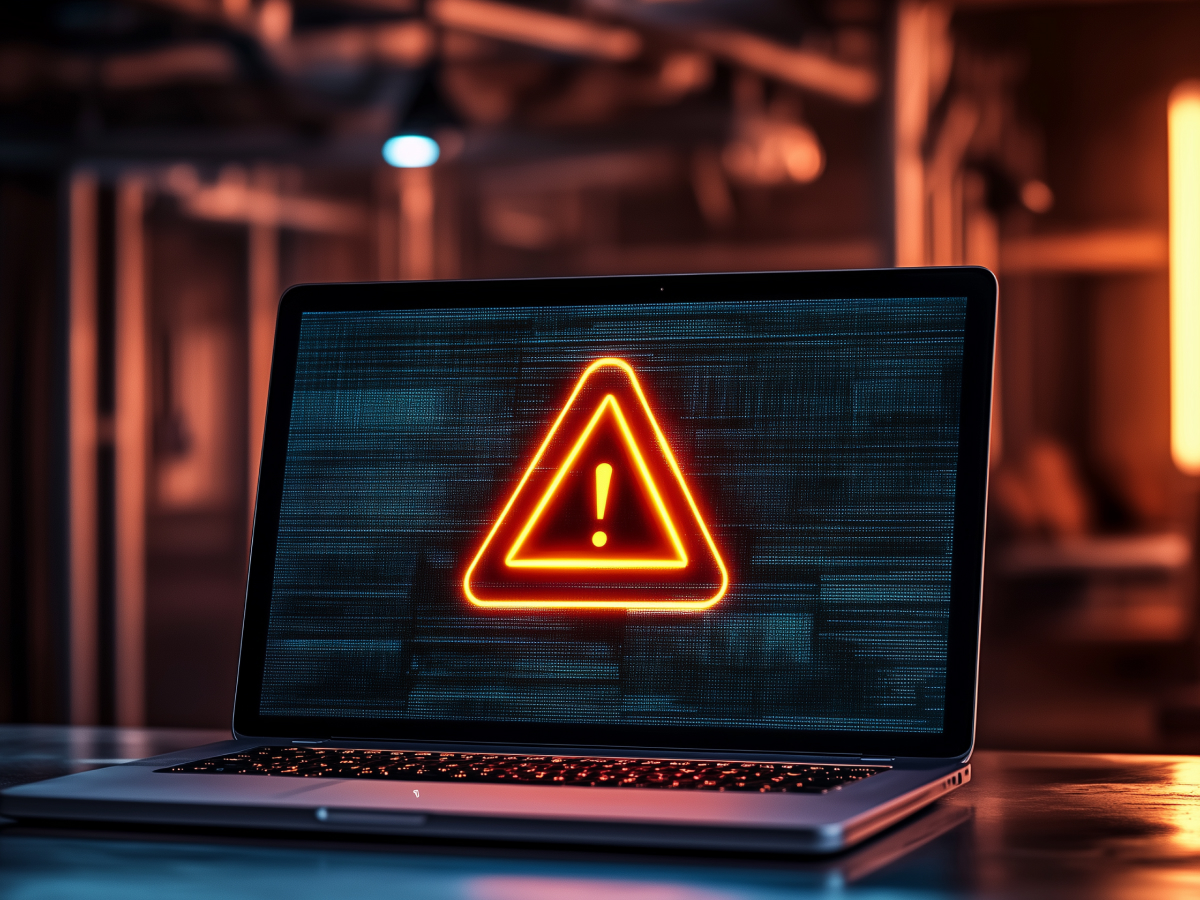Healthcare’s rapid digital transformation amplifies cyber threats
Healthcare is going digital fast. That’s good. The tech enables better diagnosis, remote treatment, and real-time monitoring. You get scale, efficiency, and again, better care. But this speed comes at a cost, exposure. Every new system, every device, every endpoint you connect to the network becomes a possible point of failure. And in healthcare, failure means more than just downtime, it can mean loss of life.
This is about key systems being compromised. Think ventilators delivering incorrect oxygen levels or infusion pumps pushing the wrong dosage, because a ransomware operator got in. With every layer of technology you add to healthcare, you increase operational complexity. That needs constant attention. The hackers are adapting faster than legacy hospitals can patch up.
Kory Daniels, Chief Information Security Officer at Trustwave, nailed it in his recent remarks. He said the healthcare sector is facing “a spectrum of risks that few other industries need to navigate.” He’s right. The combination of sensitive personal data, reliance on always-on devices, aging systems, and limited cybersecurity investment makes healthcare a prime target. .
To put the problem in numbers: 45% of cyberattacks targeted vulnerabilities in public-facing applications. Of those, more than half exploited Log4j, a simple but devastating vulnerability.
You’re looking at operational risk, legal liability, and reputational damage, all rolled into one. The challenge? Making your digital frontier secure without slowing innovation. Not easy, but necessary.
Legacy systems and inadequate credential/patch management fuel security gaps
Let’s talk about the obvious, and still too often ignored, problem in healthcare IT: outdated systems. Hospitals are running on legacy software that should have been retired years ago. These platforms were never designed to handle the scale, number of users, or level of connectivity demanded by today’s digital ecosystem. And the gap between what’s needed and what’s currently in place is expanding.
You compound that with basic operational failures. Many healthcare providers delay software patches or don’t apply them at all. Credential management is another soft spot, logins with weak passwords, unnecessary administrative privileges, and rarely updated access permissions create easy entry points for attackers. This is attackers exploiting open doors left unattended.
Trustwave’s reports emphasize that poor patching practices and weak credential policies are among the most common root causes in healthcare breaches. These are frequent, and they are predictable. And when systems are compromised, there’s operational disruption, regulatory fallout, and in some cases, threats to human life.
This matters at the C-level. These vulnerabilities are a direct result of organizational decisions about where and how to invest in infrastructure and security protocols. When you leave legacy systems in place without a clear upgrade path and fail to institute mandatory credential hygiene, you’re inviting risk.
The fix is better habits. Build a patch cadence. Enforce identity control at scale. Measure it. When technology is mission-critical, as it is in hospitals, its security needs to be treated with the same urgency as its functionality. The risks don’t care about how stretched your IT department is. They only care about how easy it is to get in. Keep it tight. Keep it current. Or keep cleaning up after crisis.
Extensive supply chains heighten vulnerability to third-party risks and compliance issues
Healthcare doesn’t operate in a vacuum. It relies on vendors, suppliers, technology providers, and service partners, hundreds of external entities that support clinical operations, IT systems, medical equipment, logistics, and more. Each one of them touches critical infrastructure in some form. That’s the problem. Most of them weren’t built with cybersecurity as a priority, and even fewer are managed under a unified risk framework.
The broader the supply chain, the wider the attack surface. And attackers know this. Instead of going after the most secure part of your system, they go after the weakest. Increasingly, third-party vendors with lower defense standards are being used as entry points into larger healthcare ecosystems. Once inside, attackers can move laterally, siphon data, or disrupt services.
Compliance is another friction point. Regulatory obligations, whether HIPAA, GDPR, or regional health data laws, don’t allow for excuses. If a partner drops the ball and exposes protected information, your organization is still liable. That liability is financial, operational, and reputational. According to Trustwave’s research, many healthcare compliance risks stem directly from insufficient visibility and oversight across the supply chain.
This is a leadership issue. You can’t outsource responsibility for third-party security. C-suite executives need oversight, not assumptions. That means setting baseline security requirements for every vendor. It means mapping your external ecosystem and understanding who has access to what, when, and why. You bridge these gaps with contracts that include security obligations, and with tools that monitor compliance continuously.
The healthcare system is complex by nature. But threat management in that system doesn’t have to be reactive. A controlled, enforced, and accountable supply chain security model will reduce exposure, improve operational continuity, and strengthen compliance posture. If left unmanaged, partnerships intended to improve service can quickly become liabilities. Act before that happens.
Ransomware continues to pose a threat, particularly to public health and governmental healthcare entities
Ransomware remains one of the biggest operational threats in healthcare right now. It’s disruptive, fast, and intentionally targeted. Bad actors know healthcare services can’t afford downtime. That’s why they prioritize hospitals, public health agencies, and government-run facilities, it forces quick decisions and urgent responses.
Attacks are locking out medical records, diagnostic systems, even devices needed for real-time treatment. The goal is to create enough pressure that paying the ransom is seen as the fastest resolution. But this doesn’t solve the issue; it only strengthens the incentive model for attackers to come back.
Trustwave’s 2025 research data backs this up: 21% of ransomware attacks were aimed directly at public health and government healthcare systems. More than half (51%) hit healthcare organizations in the United States. One specific threat actor, Ransomhub, is responsible for 9% of all identified attacks. That concentration of activity isn’t incidental. It shows how structured and deliberate this threat landscape has become.
Decision-makers in healthcare need to understand that ransomware impacts care delivery, regulatory compliance, and public trust. If patients can’t access treatment because systems are frozen, that’s a direct failure to deliver care.
The right strategies need to move beyond response and into prevention. This includes segmented systems, immutable backups, rapid isolation protocols, and aggressive patch management. High-value organizations must assume they’re targets now, not later.
Executive oversight, backed by investment in frontline defenses, determines how quickly you recover, or whether you get hit in the first place. Be deliberate. Be ready.
Trustwave’s research series delivers actionable cybersecurity insights for the healthcare sector
The healthcare sector needs clear, data-backed direction. Trustwave’s latest 2025 research reports explain where the weak points are and how attackers are exploiting them. This is a set of field-tested insights that executive teams can use to make immediate decisions about risk management, infrastructure upgrades, and security investments.
The reports, “2025 Trustwave Risk Radar Report: Healthcare Sector,” “Healthcare Sector Deep Dive: Unmasking Security Gaps,” and “Healthcare Sector Deep Dive: Ransomware Trends and Impact”, break down which attack methods are most common, what’s driving breaches, and where vulnerabilities persist. They also provide updated intelligence on adversary behavior, patterns in ransomware deployment, and recurring issues like credential mismanagement or outdated software in critical-path systems.
This level of analysis is what boards need to see. It brings focus to what matters most, systems that are exposed, processes that are exploitable, and gaps that can be closed with the right action. Executives don’t need detailed code reviews. They need to understand where the risk is concentrated and how it directly affects patient services, compliance mandates, and cost exposure. The Trustwave research delivers that.
The data speaks clearly. Trustwave documented that 45% of attacks exploited public-facing applications, and over half of those used Log4j vulnerabilities. In terms of ransomware, 21% of cases targeted public healthcare and government entities, and 51% struck U.S.-based healthcare.
If your organization hasn’t reviewed these reports, you’re missing vital intelligence. The cyber threat environment is evolving fast, but so is the quality of information available to defend against it. Use it.
Key takeaways for decision-makers
- Digital healthcare is under attack: The rise of telehealth, AI, and connected medical devices has expanded the healthcare sector’s exposure to cyber threats. Leaders must align cybersecurity with clinical priorities to safeguard both data and patient outcomes.
- Legacy systems create real risk: Outdated software, missed patches, and lax credential policies remain the top enablers of breaches. Executives should prioritize system upgrades and enforce strict identity and patch management protocols across the organization.
- Third-party vendors are exposing critical systems: Expansive healthcare supply chains are introducing vulnerabilities that undermine compliance and operational integrity. Leaders must implement strict vendor security requirements and continuous third-party risk assessments.
- Ransomware is targeting public and U.S. healthcare: Opportunistic attacks are escalating against public health and U.S.-based providers because critical services face more pressure to pay. Decision-makers should invest in preventative infrastructure, segmented systems, and tested incident response plans.
- Use threat intelligence to stay ahead: Trustwave’s 2025 reports provide data-driven analysis on top risks, attack patterns, and system weaknesses facing healthcare organizations. Leaders should use this intelligence to guide proactive security investment and executive-level risk oversight.





